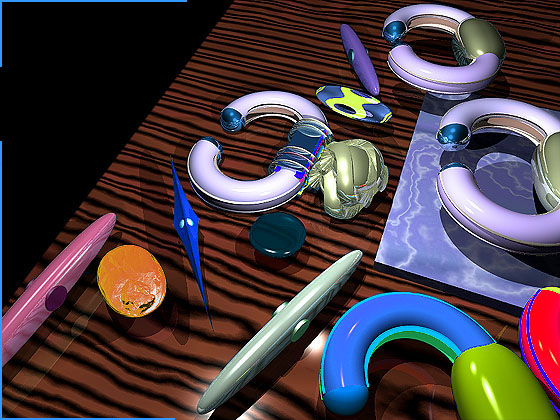

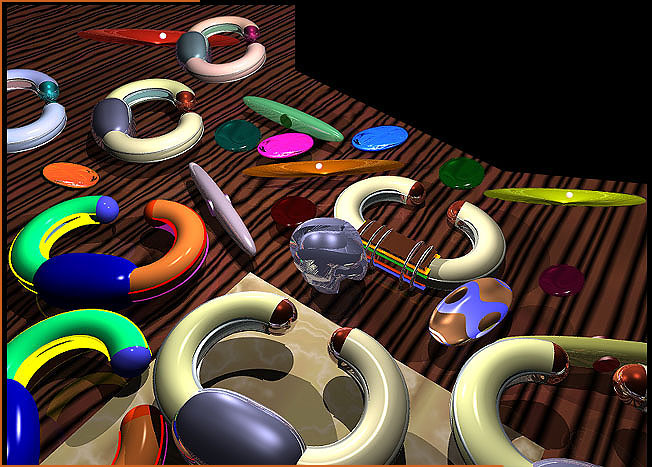
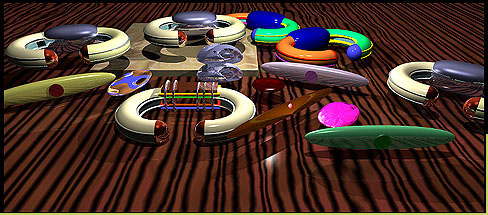
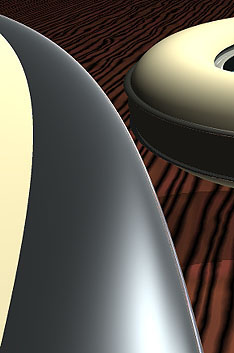
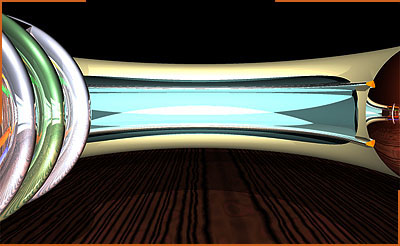
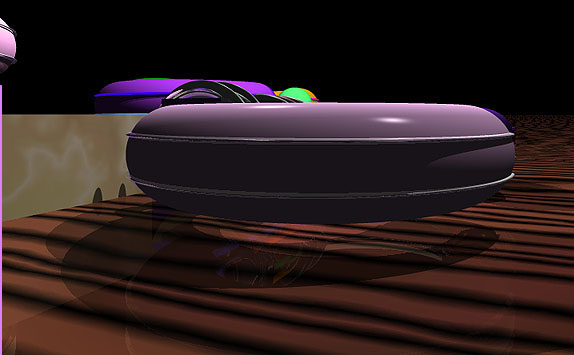
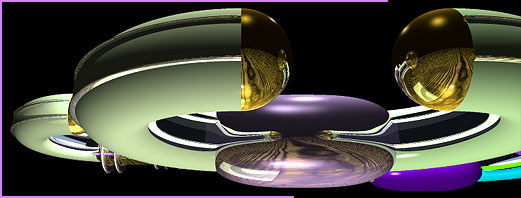
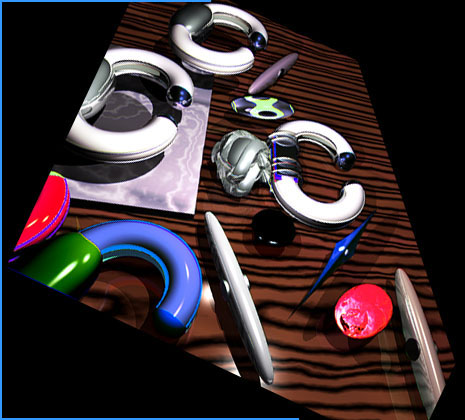
|
What
you see here citizens in general never see: portions of an actual
depository platform. Locating a particular platform is the final stage
of each unit's journey.
|

|
Units
are constructed from many materials, some ancient, some so new as
to be untested. Some are even created by assemblers, for they span
the range from basic joiners of preset components to extremely talented
and often obsessed designers and inventors of new materials, new circuits,
access modes, screen presentation. And cracking, of course.
|
| Commonly, materials are brightly colored polymers which are durable, smooth, adaptable. Pure metals have a solidity attractive to some, yet they are heavy and can be more easily damaged. Unless treated they are subject to oxidation and other environmental ravages. |
| Fundamental to each unit are access pressure points and data display areas. The access is 1 or more buttons, bars, lights, etc. |
|
Units
are powered in most cases by plasma directed through jets which permit
precision, speed, adaptation, and hovering.
|
|
These
are commonly used models and colors at present except for the central
unit usually referred to as a messenger rather than as a comm unit.
More will be said of this later.
|
|
Mediators
are responsible for checking the depository for units directed to
them. Those seeking mediated assistance but no specific mediator are
taken up in rotation by the group or dispersed in any other manner
agreeable to the group.
|
| Mediators possess sensors and routers, usually subelements of a mediator's seal, which permit them to detect new arrivals from a distance and summon them or to direct units from the depository to their offices or dwellings without escort. |
| Upon arrival each negotiates a hover point and remains on alert sensing proximity and stacking of all other units on the platform. Each also has sensors tuned to the particular mediator for which it is intended. |
|
Most
materials at present are capable of changing hue directed by thermal
or acid-base modifications whose sequencing and timing are programmed
by the assembler or sender.
|
|
Alloys
and composites correct these faults while preserving much that is
pleasing about the metallic models. But they are also valued for their
inherent qualities. Their properties allow for more individualized
adornments and flexibility in joining.
|
|
Some
units still employ electron or proton exchange stacks, magnetic field
differentiation grades, acid-base flows, or electrolysis.
|
|
Early
models utilized combustion and compressed oxidation schemes but these
methods are presently discouraged.
|
|
View
sample units for more detailed information.
|
|
Screens
are 1 or many, in patterns or stacks, or supplant each other within
a viewer which can also have many sizes and styles.
|
|
Units
must meet common hazards and complexities of city streets. Some must
also meet further challenges when their data loads are controversial
or deemed valuable by traffickers wishing to capture and hold them
for ransom.
|
|
If
no mediator has been designated a unit must adeptly maneuver the delicate
margins, making itself noticed without breaching aggression standards.
Here is another reason a skilled assembler is advantageous.
|
|
Check
the chatter: assemblers, senders, mediators
|